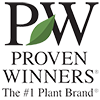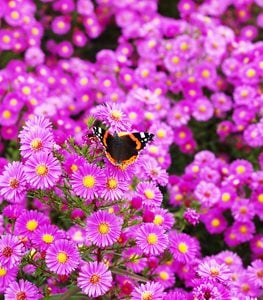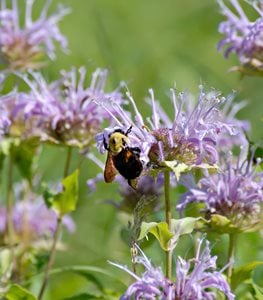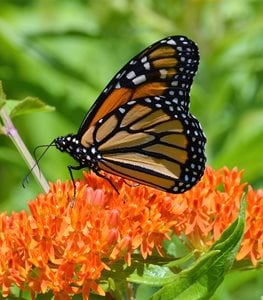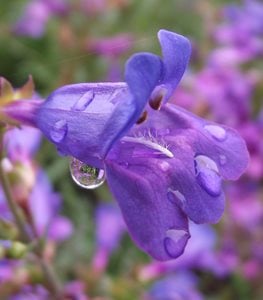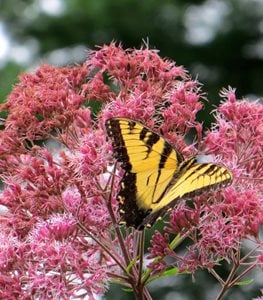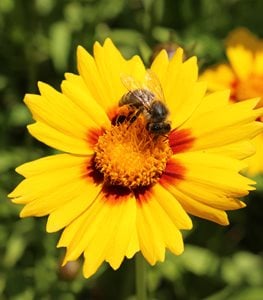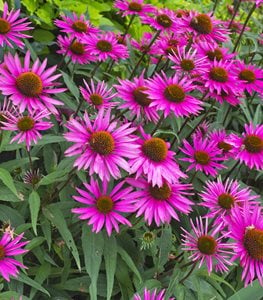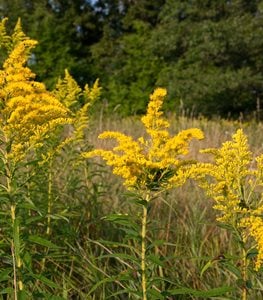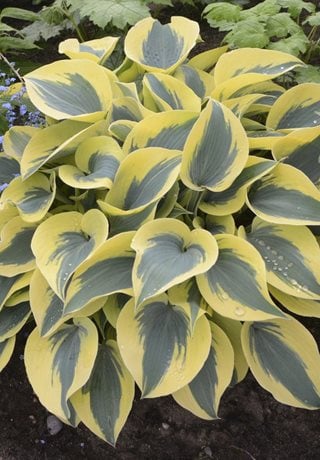THE BEST PERENNIAL PLANTS FOR POLLINATORS
Turn a patch of your garden into a banquet for beneficial insects by putting these native plants on the menu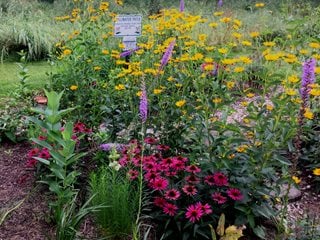
Bring a variety of insects to your pollinator garden by choosing native plants with different flower colors, shapes, sizes, and blooming periods. Photo by: Anne Balogh. Pollinator patch planted by the second grade students at Abraham Lincoln Elementary School, Glen Ellyn, Ill.
If your garden has become a ghost town rather than a hive of activity from pollinators, you’re not alone. One of the major reasons for dwindling pollinator populations is habitat loss. Butterflies, bees, and other pollinators are becoming rare sights due to the widespread use of pesticides and a dwindling supply of the nectar-rich flowers they rely on for food. Fortunately, you can play a role in reversing this trend by creating a pollinator habitat in your garden.
“Small plantings may seem insignificant to you, but if each yard devotes a small area to pollinators, your neighborhood will serve as a season-long buffet of nectar and pollen that supports a diversity of bees, butterflies, and other flower visitors. If you do not have the yard space, you can fill a decorative planter with pollinator-friendly plants and place it in a sunny spot on your patio or stoop,” says Kelly Gill, pollinator conservation specialist for The Xerces Society. (Read her article "Everyone Can Play a Role in Pollinator Conservation".)
Also see: 10 Tips for Starting a Pollinator Garden
10 PERENNIALS FOR POLLINATORS
These 10 perennials are all native to North America and attract butterflies and bees, as well as other beneficial insects. Get more region-specific resources (plant lists, habitat assessment, and more) from The Xerces Society.
ANISE HYSSOP
(Agastache foeniculum)
Zone: 4-8
Height: 2 to 4 feet
Bloom time: June to September
Flower color: Lavender to purple
Honeybees love feeding on the super-sweet nectar of hyssop’s densely packed flowers, making it a favorite plant for beekeepers.
Read more about growing agastache.
ASTER
(Symphyotrichum spp.)
Zone: 3-10
Height: 1 to 4 feet
Bloom time: August through October
Flower color: Purple, violet-blue, pink, white
An important late-season food source for native bees and may also help sustain monarch butterflies during fall migration. Native varieties are the best choices for pollinator gardens.
Read more about growing asters.
BEE BALM or WILD BERGAMOT
(Monarda fistulosa)
Zone: 3-9
Height: 2 to 4 feet
Bloom time: June to September
Flower color: Lavender, pink, white
This pollinator superstar has pompom-like clusters of tubular flowers that are irresistible to native bees and bumblebees. It has also been identified as a valuable nectar plant for monarchs, according to The Xerces Society.
Learn more about growing bee balm.
BLAZING STAR
(Liatris spicata)
Zone: 3-8
Height: 3 to 6 feet
Bloom time: Mid to late summer
Flower color: Purple, white, rose
This native prairie plant will bring a pageantry of butterflies to your garden, including monarchs, swallowtails, and painted ladies.
Learn more about how to grow blazing star.
MILKWEED or BUTTERFLY WEED
(Asclepias tuberosa)
Zone: 4-9
Height: 1 to 2 feet
Bloom time: June through September
Flower color: Bright orange to yellow-orange
One of the biggest factors in the decline of monarch butterflies is the increasing scarcity of milkweed, its only caterpillar host plant. In addition to being a vital food source for the larval stage of monarchs, many other butterflies and nectar seekers will flock to this plant.
Learn more about growing milkweed plants.
FOOTHILL PENSTEMON
(Penstemon heterophyllus)
Zone: 6-10
Height: 1 to 1 1/2 feet
Bloom time: May through July
Flower color: Blue, purple
This California native is a good choice for attracting butterflies, bees, and hummingbirds. Well-suited for Mediterranean-climate and low-water gardens, rocky slopes or hillsides.
Learn more about how to grow penstemon.
JOE PYE WEED
(Eutrochium maculatum)
Zone: 3-8
Height: 6 to 8 feet
Bloom time: July to September
Flower color: Purple, pink
The large vanilla-scented flower clusters tower well above other perennials in the late-summer garden. They attract big showy butterflies, such as monarchs and swallowtails, along with many native bees and other insects.
Read more about growing Joe Pye weed.
LANCELEAF COREOPSIS
(Coreopsis lanceolata)
Zone: 4-9
Height: 1 to 2 feet
Bloom time: May to July
Flower color: Yellow
This dependable and prolific flowering native perennial is a common component of pollinator gardens and native wildflower mixes and provides early-season food for bees and butterflies.
Read more about growing coreopsis plants.
PICA BELLA CONEFLOWER
(Echinacea ‘Pica bella’)
Zone: 3-8
Height: 1 ½ to 3 feet
Bloom time: June to September
Flower color: Dark pink with orange-brown centers
Of the many coneflower varieties, ‘Pica Bella’ is one of the best for pollinators, according to Todd Jacobson, head of horticulture at The Morton Arboretum. The open flower form of the native species provides an ideal feeding platform for monarchs and swallowtails. Other insect pollinators will also feast on these long-blooming beauties.
Learn more about coneflowers.
SHOWY GOLDENROD
(Solidago speciosa)
Zone: 3-8
Height: 3 to 6 feet
Bloom time: July to September
Flower color: Yellow
Goldenrods are among the most important late-season pollinator plants, according to 100 Plants to Feed the Bees. Honeybees visit them in droves prior to winter to collect their nectar, and other bees use the pollen to provision late-season nests.
Learn more about growing goldenrod plants.
For more variety in your pollinator garden, see 30 Essential Pollinator Plants.
RELATED:
Flowers for Bees
25 Plants for a Butterfly Garden
Plants that Attract Hummingbirds
How to Grow Butterfly Bushes Responsibly

